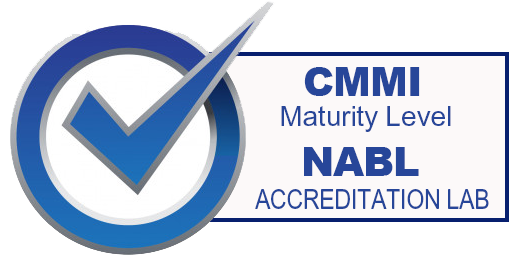- Call Us Now : +91 933-658-5266
- Send Us Email : geovisioninfocom@gmail.com
Wildfire
Don't Take Risks Learn To Manage Well.
Preventive measures to reduce the risk of Wildfire
- As Risk Management Monitor reported, the Insurance Institute for Business and Home Safety (IIBHS) recommends that organizations survey the materials and design features of their structures; as well as the types of plants used, their location and maintenance.
- Companies also should determine their fire hazard severity zone (FHSZ) by evaluating the landscape, fire history in the area and terrain features such as slope of the land. Organizations can request the FHSZ rating from local building or fire officials in their area.


Readiness towards Wildfire
- Pack a first aid kit and essential medications, canned food and manual can opener, bottled water, maps of the area, flashlights and a battery-powered radio with extra batteries.
- Regularly clean your roof and gutters to remove flammable debris.Plan a secondary way out in case your primary escape route is blocked.
- Select a place for family members to meet outside your neighborhood in case you cannot get home or need to evacuate.
- Close windows, vents, doors, blinds and non-combustible window coverings.Use wet cloths to block any other openings.
Response to Wildfire
- Wildfires can cause great widespread devastation in short time spans.
- Emergency response occurs among professionals as well as affected individuals. The first aspects of recovery include local agencies that are nearest to the disaster: firefighters, Emergency Medical Services, local police.
- The Federal Fire Prevention Act enabled a national reporting system for fires around the country. This system is called the National Fire Incident Reporting System or NFIRS.
- In the event of a wildfire, floods and landslides can often occur after the burn due to the drastic changes the fire can have caused in the terrain and the condition of the ground.


Regaining after Wildfire
- Recovery, in terms of emergency management, refers to providing immediate support to a community affected by a disaster in order to repair the infrastructure and return the community to normal operation status.
- Landowners with these circumstances are advised to spread slashed wood and straw over the burned areas of ground to restrict the impact of rainwater, which allows water to disperse without contributing to erosion.
- Recovering from high intense fires requires additional measures to prevent soil erosion such as spreading slashed limbs and straw over soil to reduce contact with rain water.
- The most devastating wildfires burn at high intensity and destroy 50 to 100% of the forest, including all the ground cover.


